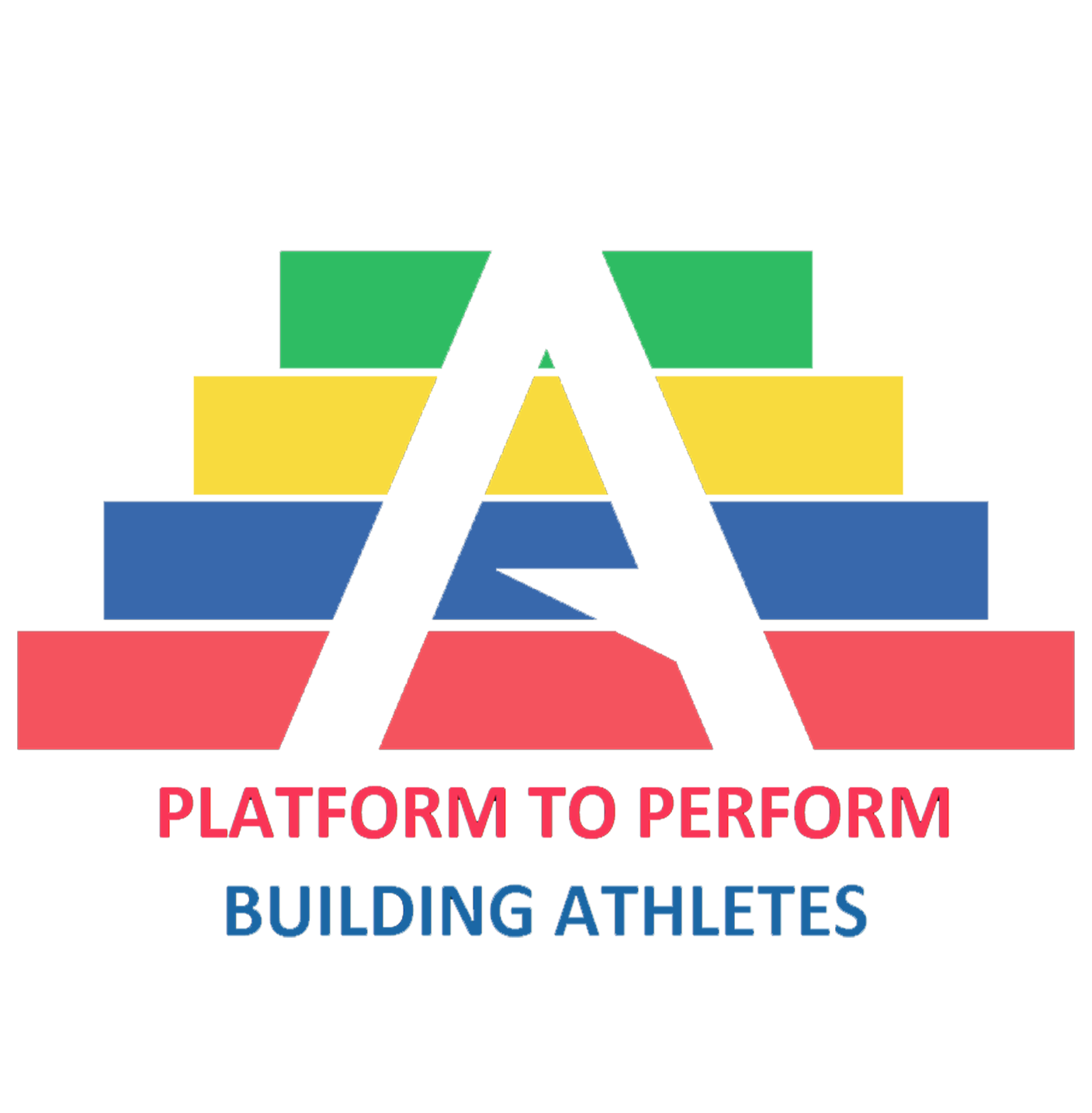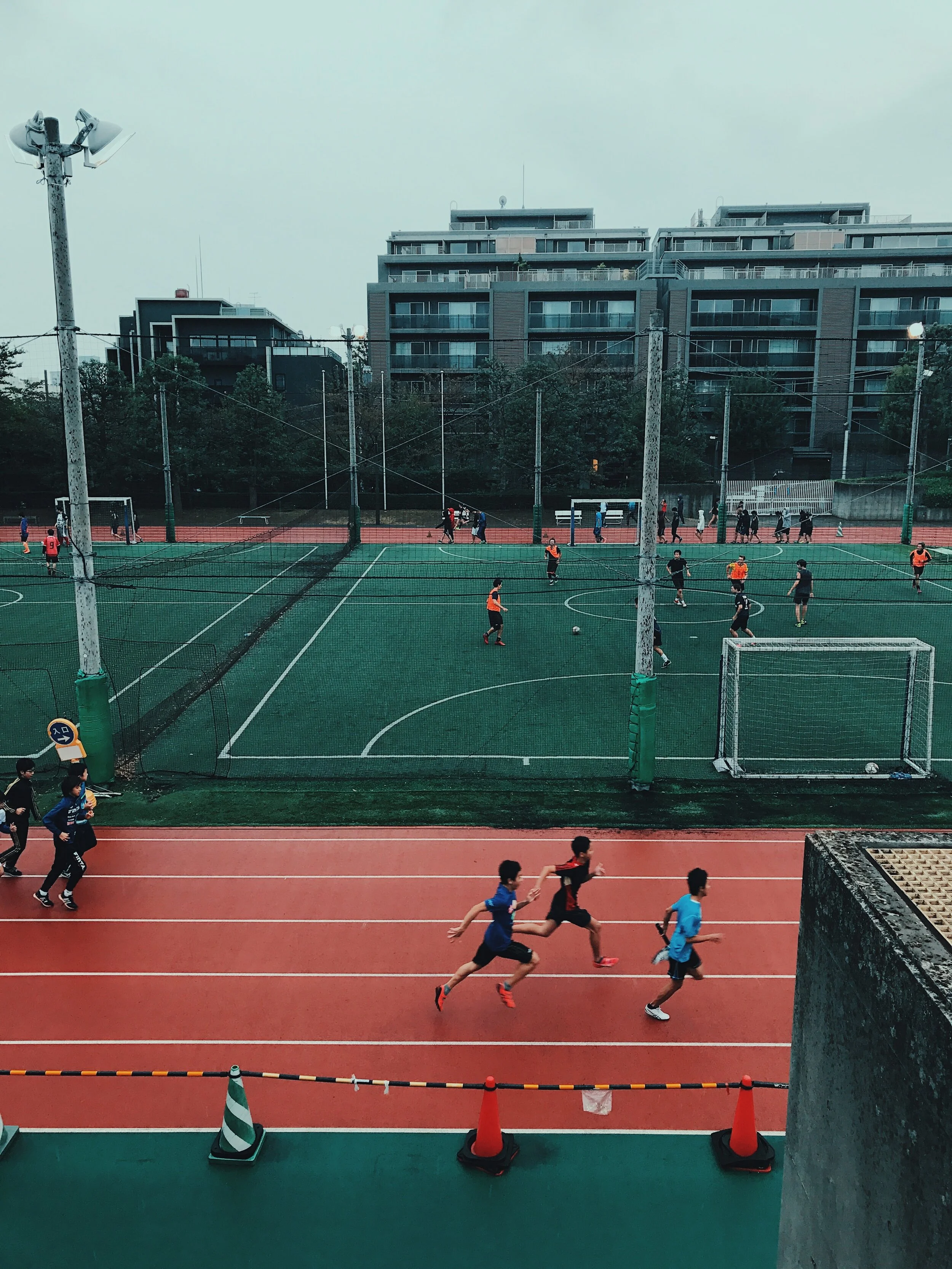Youth Athletic Development
If a child left an athletic development program after a limited time, for arguments sake let's say only one year, what is the one thing you would like them to demonstrate?
Perhaps I have gone soft to say that mine would be for a child to say please, thank you and be kind and considerate to others?
Evidence based take homes for improving yours and your youth athlete’s sleep quality (and the benefits for athletic and academic performance)
Today’s post will focus on the why, how, when and what of strength training for youth athletes and the role it has to play in future proofing the youth athlete.
Future proofing youth athletes part 1 focused on developing perceptual motor skills, or more specifically, the way young athlete’s brains process relevant sporting cues. Today’s post will focus on the other side of the coin…the movement response.
Once your child has developed these perceptual-motor skills you can look to deliver more structured sessions, centred around the fundamental movement skills
Regardless of how good a child is in their given sport, often times the sad reality is they will not make it to an elite level…so what happens then?
To prevent your kids from burning out, or simply dropping out of sport/physical activity altogether they need 3 things:
1. Appropriately developed perceptual motor skills
2. A wide base of fundamental movement skills
3. Appropriate levels of strength
Today’s blog will look to introduce the perceptual-motor skills, which kids should be developing between the ages of 6-10, with future blogs diving into more detail on points 2 and 3.
If you had your hand on the brakes and you were trying to cycle faster...would you pedal harder or take your hands off the brakes?”
Often times we try to apply a model that has been designed for developing speed in highly tuned professional athletes (with well-developed movement skills!) and apply it to kids who cannot efficiently perform movement tasks that resemble tenants of sprinting.
Whether we are talking crossing the finish line for the marathon, getting to the ball first, or landing a punch quicker than your opponent…there isn’t a sport where being faster doesn’t provide some form of advantage.
Speed is defined as the rate of performance of an activity, and in today’s blog you will learn the often overlooked role that maturation plays in speed development for the youth athlete.
The reason why we need to understand the science behind why, how (or even if) certain mobility modalities can reduce our injury risk and enhance athletic performance, is because it takes us away from a grenade approach of “10 best stretches for” (insert muscle group), to a sniper approach of why I am using this mobility method, to address this type of restriction, in this particular athlete, in this specific way?
When mobility is lacking in one area, this may negatively impact upon joints either above or below.
Although the causes of injuries can be multifaceted, often when I’ve screened youth athletes following an injury, a mobility deficit in one area tends to coincide with an injury to an area above or below said mobility deficit.
My previous blogs in this plyometric series advocated the importance of beginning plyometric training by learning to land and develop a basic sense of rhythm and timing.
By the end of today’s blog, you will understand the 4 phases to the plyometric pyramid, what plyometrics should look like at the various ages and stages of a youth athlete’s journey, and what this journey looks like from a young child all the way up to the elite athlete.
Without an understanding of how to quantify the intensity of our plyometric training, we risk succumbing to survivorship bias; conveniently ignoring athletes who got injured in a process of mixing highly stressful plyometrics in high volumes, whilst citing those athletes who have not yet been broken as a hallmark of the training program’s success.
Athletes who produce more force, in less time, with these rebound type exercises tend to sprint faster, jump higher, and punch harder than their opponents.
Perhaps more importantly for a child, however, learning to hop, skip and jump, and stringing this together with an element of rhythm (aka rebounding) improves a child’s understanding of where their body is in time and space.
Social media is flooded with elite athletes demonstrating extraordinary feats of jumping and plyometric athleticism. Yet there is a huge difference between the type of work it takes to develop a physical quality, and what you see on social media when that physical quality is demonstrated. In today’s blog, I am going to discuss the missing gaps in these programs which we often don’t see on social media.
Think how easy it is to cave on your pledge to eat less refined sugar when someone from work brings in cakes to the office…vs if you physically have to get in your car and drive to the shops to purchase the same sugary snack.
Likewise, if your child has to turn the gym upside down and waste 5 minutes trying to find the foam roller how likely do you think they are to persist in the habit of regular foam rolling?
Prior to my arrival, the pupils at the all-girls school I work at had no experience of a structured strength and conditioning program, so these lessons are as much my reflections on my first year leading the strength and conditioning program at Downe House school as they are about doing this in the context of an all-girls school where S&C is new to all.
Prior to puberty, young girls are physiologically the same as both where strength and conditioning is concerned. As soon as puberty kicks in however, there are specific implications that coaches and parents of youth female athletes need to be aware of.
Whilst post-pubertal athletes, or adults, can improve their strength through increased muscle size, pre-pubertal (especially young female) athletes do not have the hormonal building blocks of muscle that adult athletes do.
Today’s children have swapped time outdoors for time in front of screens & even those participating in sport appear under increasing pressure to be the next big thing. Sadly, drop out rates in sport, whether it is a result of leaving the structured environment of school P.E lessons, or simply from burn out, are staggering.
The powers of social media mean every man and their dog has an opinion on how best to train the muscles of the core, or what will be defined in the rest of this post, as the trunk. Rather than talk about aesthetics (because let’s face it…young kids have enough of that to deal with), this blog post will focus on the role of trunk training in terms of athletic performance.



















